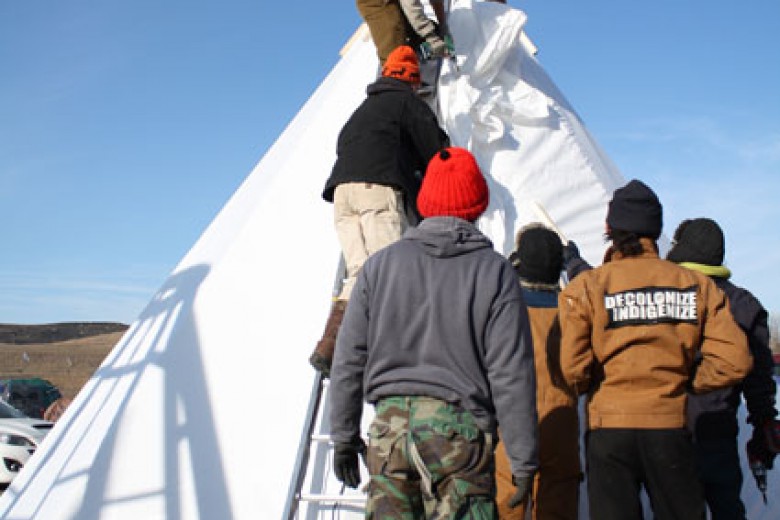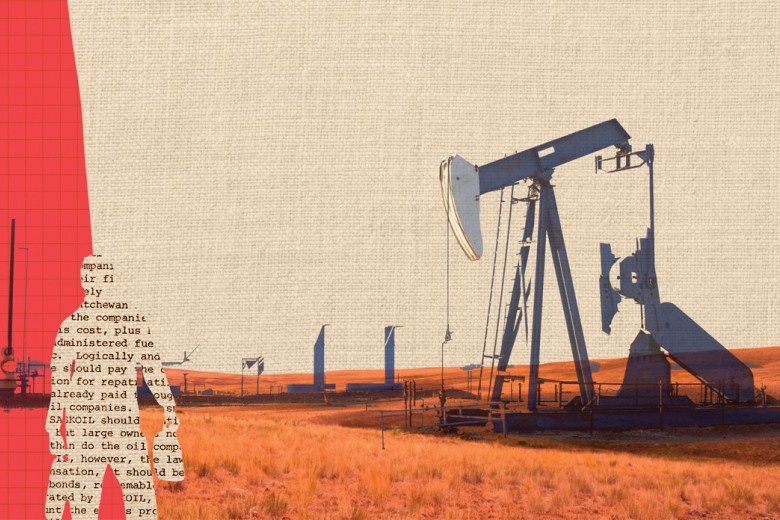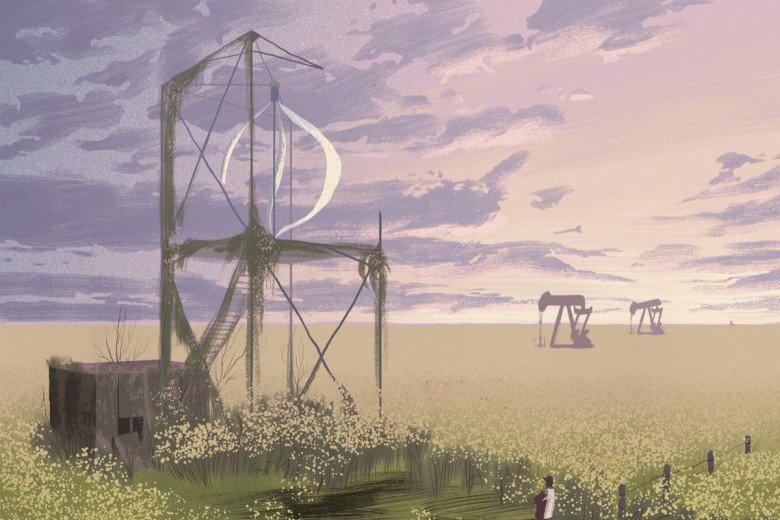The 250,000 litres of heavy oil and dilutant that Husky Oil spilled into the North Saskatchewan River on July 21, 2016 is rightly receiving significant public attention. After all, it is threatening the drinking water of tens of thousands of people living downstream and shutting down the intake of water treatment plants in affected communities, forcing residents to buy bottled drinking water and fill their bathtubs as short-term reservoirs.
Relatively speaking, this is a fairly small spill originating from a minor pipeline that transports oil directly from Husky’s sites of extraction to its plant in Lloydminster where it is upgraded and loaded into larger regional and intercontinental pipelines.
Just for comparison sake, the Enbridge pipeline that spilled into the Kalamazoo in 2010 released over 4,000 m3, while this one is estimated at 200-250 m3. It is eye-opening that a spill of this size, from one of hundreds of pipelines meant to deliver oil from sites of extraction to sites of processing in the province, could jeopardize the drinking water of thousands.
If exactly this oil spill had happened elsewhere on land, or into a less significant source of drinking water, it would go unnoticed in the province. Indeed, thousands of spills of oil, salinated ‘produced water’, natural gas, and other substances used and extracted by the oil industry are spilled across the Saskatchewan landscape every year. A handy spreadsheet on the Ministry of Economy’s website indicates that there have been over 18,000 spills in Saskatchewan since 1990. A 10 year snapshot reveals over 8,360 spills since 2006, of which Husky is responsible for 1,463 (or 17.5%).
Spills are part of the everyday operations of the oil industry. In fact, only large pipelines carrying oil across provincial boundaries are regulated by the National Energy Board. The thousands of smaller lines that carry produced oil over small distances from a well to a battery or from sites of extraction to refining are only subject to Saskatchewan’s regulations. Before being built they need no public input or environmental assessment, no consent from those who own or use the land, and they are subject to almost no inspection or monitoring. When a spill does happen, the company simply reports the amount to the ministry and goes merrily on its way.
Routine spills coming from small flow lines and pipelines wreak havoc in Saskatchewan’s rural oil producing communities. They are often unspectacular and difficult to see, but spilt salt water and oil cause long-term damage to crops, humans, and animals. Spills impede vegetative growth, degrade native prairie by allowing noxious weeds to invade, and threaten the health of humans and animals when dugouts or other surface water is polluted. I have met and talked with farmers across the province that, decades later, are still fighting with oil companies over cleanup and remediation of spills on their lands. The provincial regulators are so under-staffed that they cannot properly enforce the regulations that do exist. These regulators are certainly not in the position to make a decision about whether a company has been negligent since they rely on companies self-reporting all aspects of their operations.
As Saskatchewan moves to ‘regulation by declaration’ in the oil industry, this reality will only get worse. Our public regulators and representatives really have no idea about what is happening in the oil patch and they are relying increasingly on companies to self-declare that they understand the regulations and are properly reporting their activities (spills included). Can we really afford to let spills be regular industry practice? Whose water supply will be hit next?
This article was reposted from SASKOIL.






